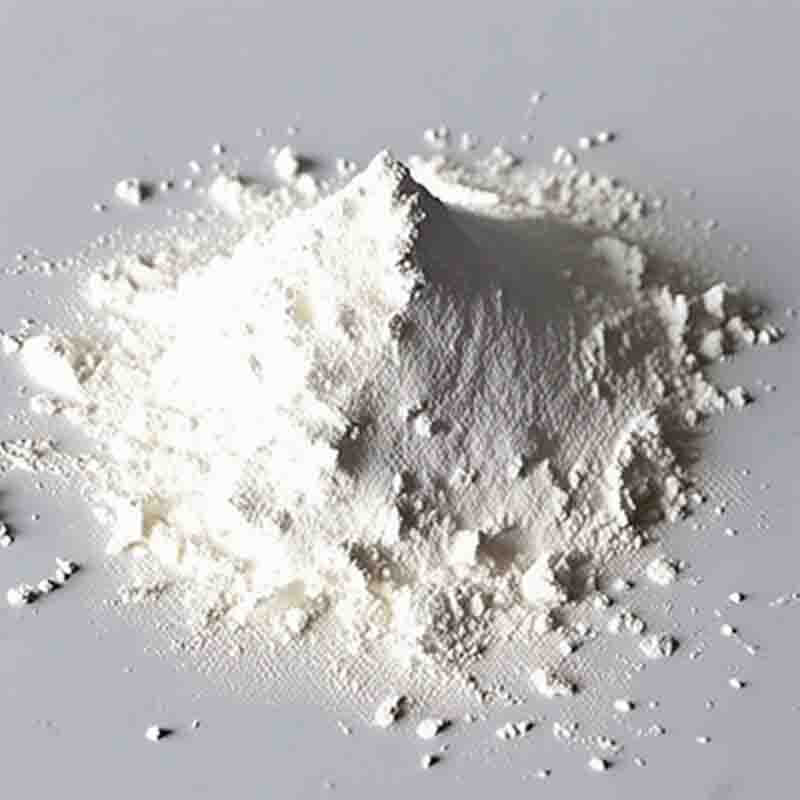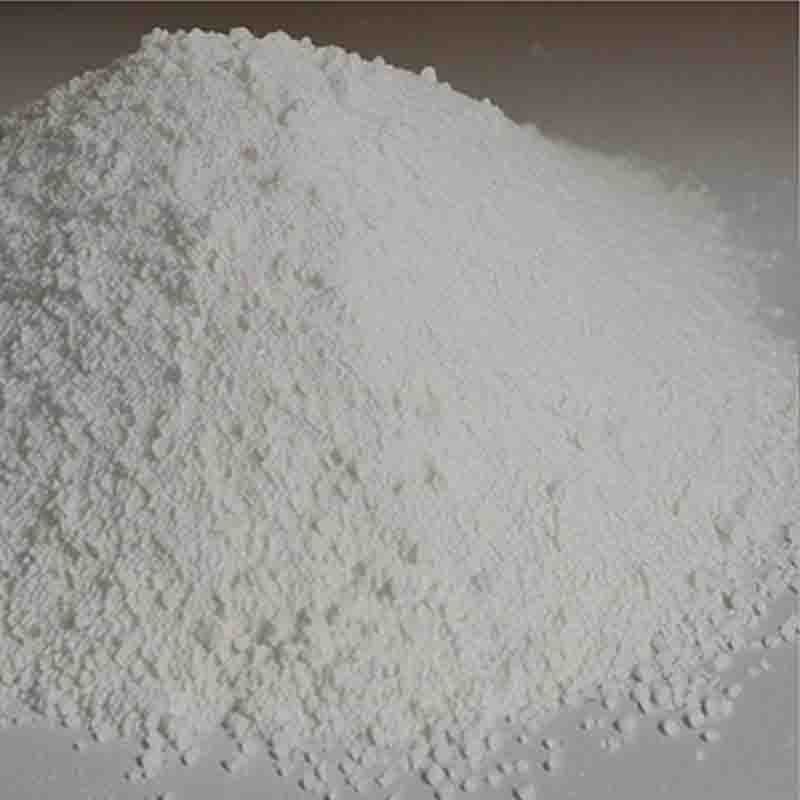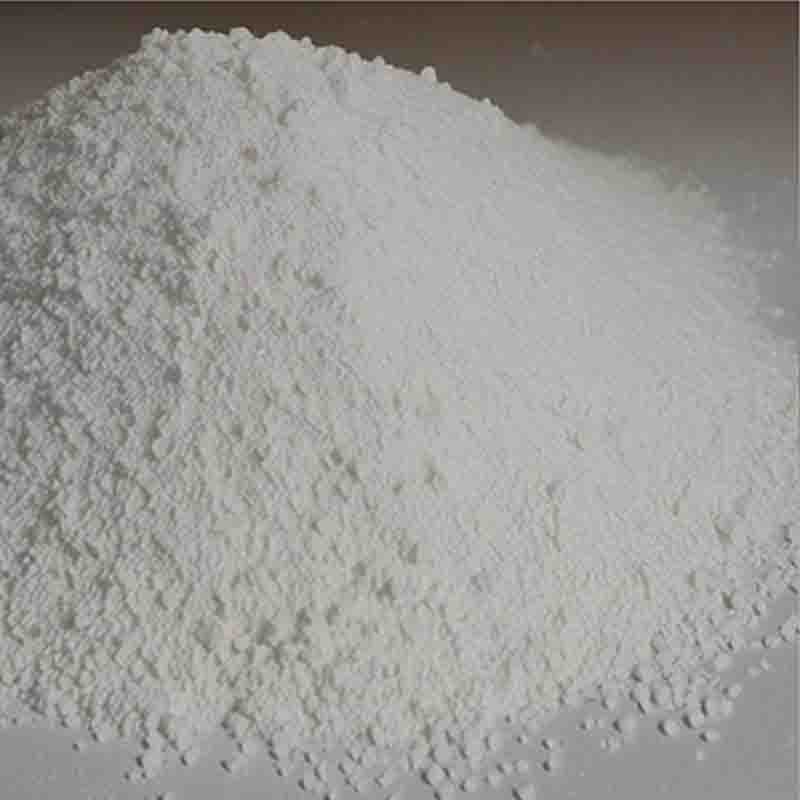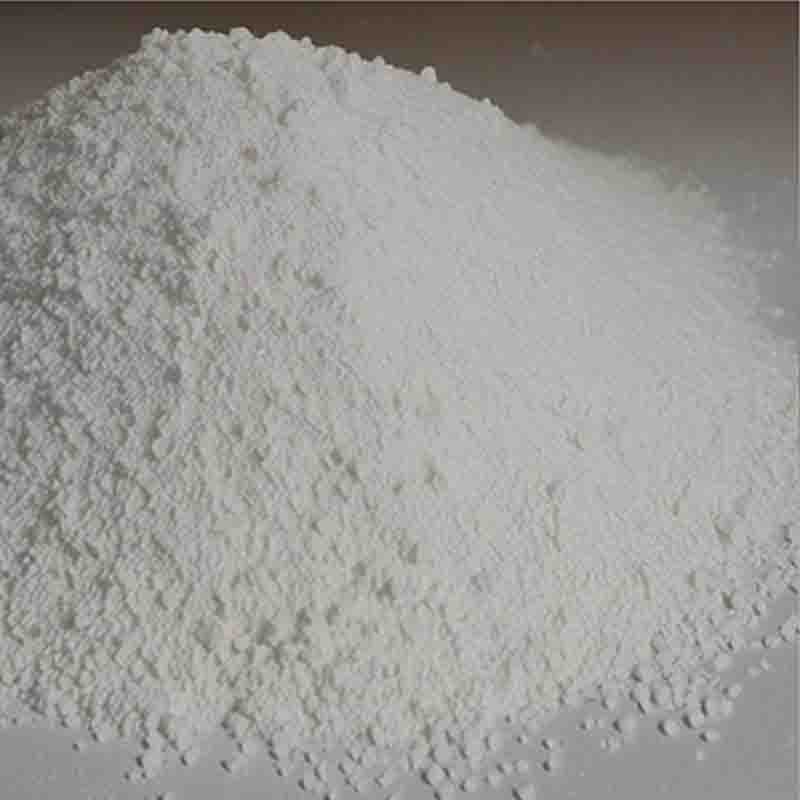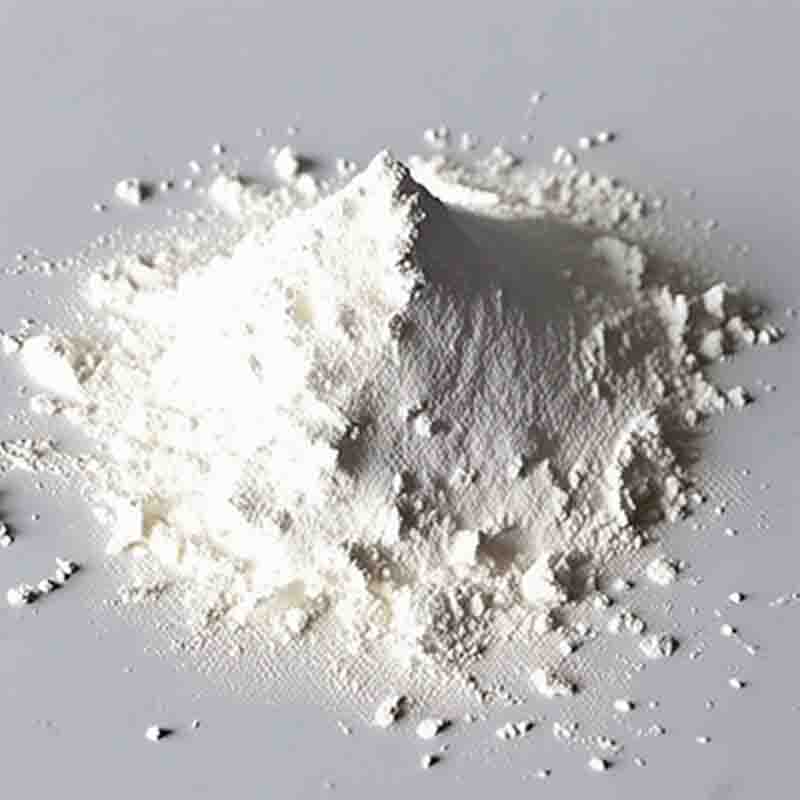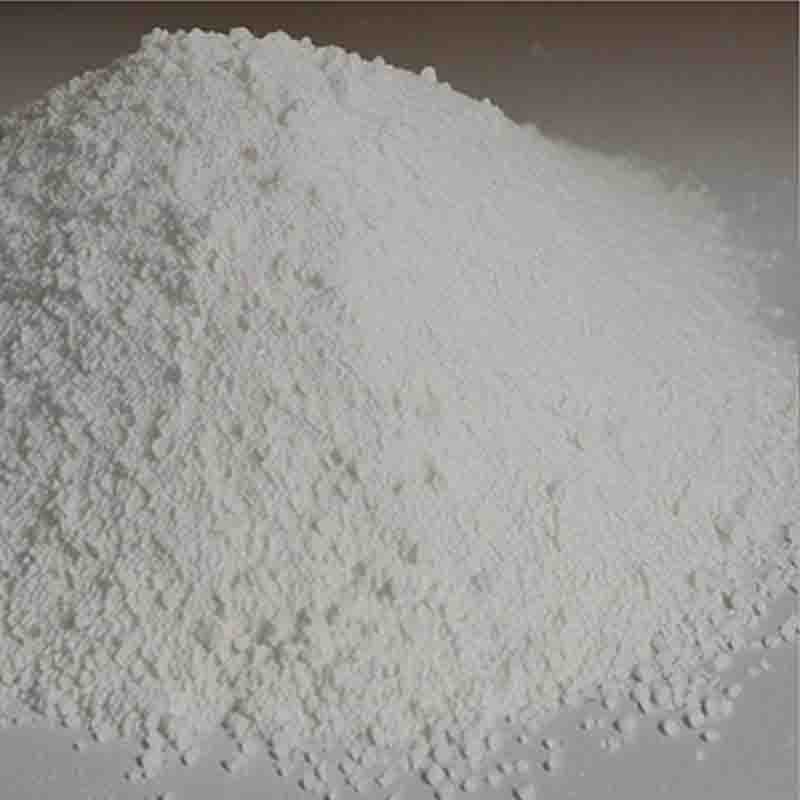Diisopropyl L-(+)-tartrate CAS: 2217-15-4
| Catalog Number | XD94217 |
| Product Name | Diisopropyl L-(+)-tartrate |
| CAS | 2217-15-4 |
| Molecular Formula | C10H18O6 |
| Molecular Weight | 234.25 |
| Storage Details | Ambient |
Product Specification
| Appearance | White powder |
| Assay | 99% min |
Diisopropyl L-(+)-tartrate is a chemical compound with the molecular formula C8H14O6. It is the enantiomer of Diisopropyl D-(-)-tartrate and belongs to the group of tartrate esters. Diisopropyl L-(+)-tartrate has several important applications due to its chirality and unique properties.One of the primary uses of Diisopropyl L-(+)-tartrate is as a chiral auxiliary in organic synthesis. Its chirality allows it to serve as a building block in the production of various chiral compounds. Chemists can use Diisopropyl L-(+)-tartrate as a starting material to synthesize pharmaceuticals, agrochemicals, and other fine chemicals with specific chiral properties. This compound is particularly valuable in drug discovery, as enantiopure molecules can exhibit different pharmacological activities and metabolic profiles.In addition to its role as a chiral auxiliary, Diisopropyl L-(+)-tartrate can also be utilized as a resolving agent. It can be used to separate racemic mixtures into their individual enantiomers, allowing for isolation and purification. This property is especially important in the pharmaceutical industry, where the separation of enantiomers is crucial for the production of safe and effective drugs.Diisopropyl L-(+)-tartrate is also commonly used as a resolving agent in the production of optically pure compounds, such as amino acids, sugars, and other natural products. The resolution process involves the formation of diastereomeric salts, which can then be separated to obtain pure enantiomers. This technique has applications in both academic research and industrial production.Furthermore, Diisopropyl L-(+)-tartrate has been studied for its use in asymmetric synthesis. As a chiral auxiliary, it can impart chirality to a reaction, allowing for the selective formation of one enantiomer over the other. This has significant implications in the synthesis of complex organic molecules, where the stereochemistry of the final product is crucial for its biological activity or physical properties.Additionally, Diisopropyl L-(+)-tartrate has applications in the production of flavors and fragrances. Its chiral properties can influence the perception of taste and smell in certain compounds, making it valuable in the development of desired sensory characteristics.In summary, Diisopropyl L-(+)-tartrate is a valuable compound in organic synthesis, resolving racemic mixtures, asymmetric synthesis, and the production of flavors and fragrances. Its chirality and unique properties make it an essential tool in the synthesis of chiral compounds, purification of enantiomers, and development of sensory-enhancing substances. Its applications span across various industries, including pharmaceuticals, food, and fragrance, highlighting its significance in producing optically pure compounds and enhancing the quality of consumer products.


